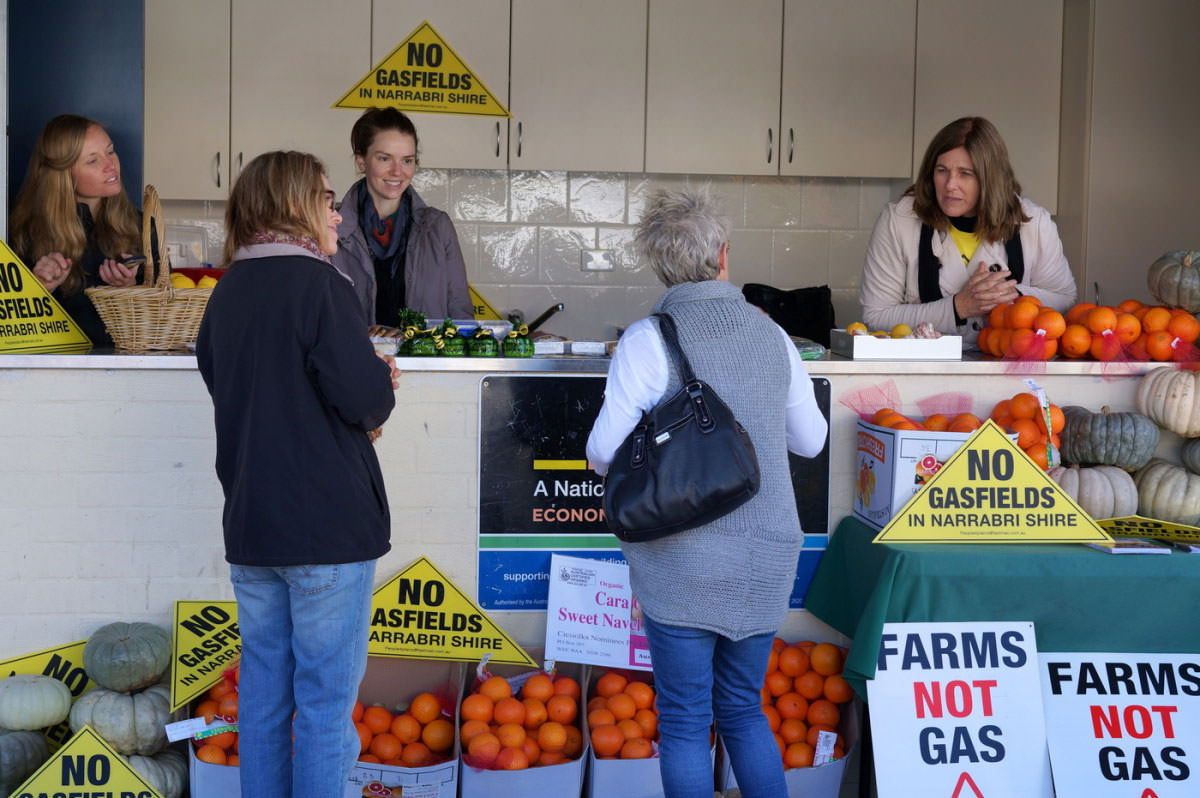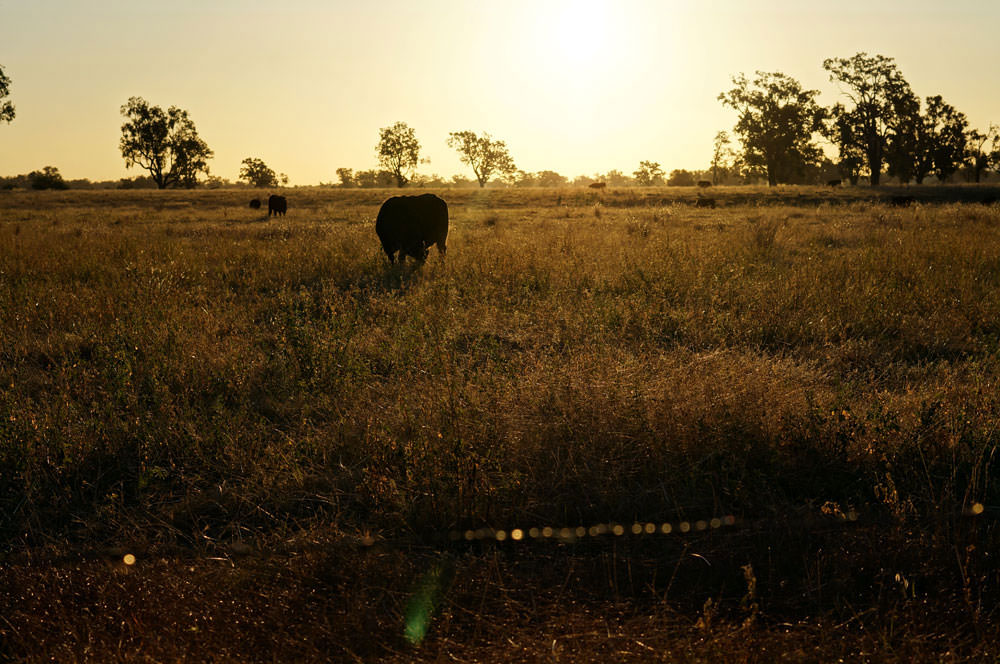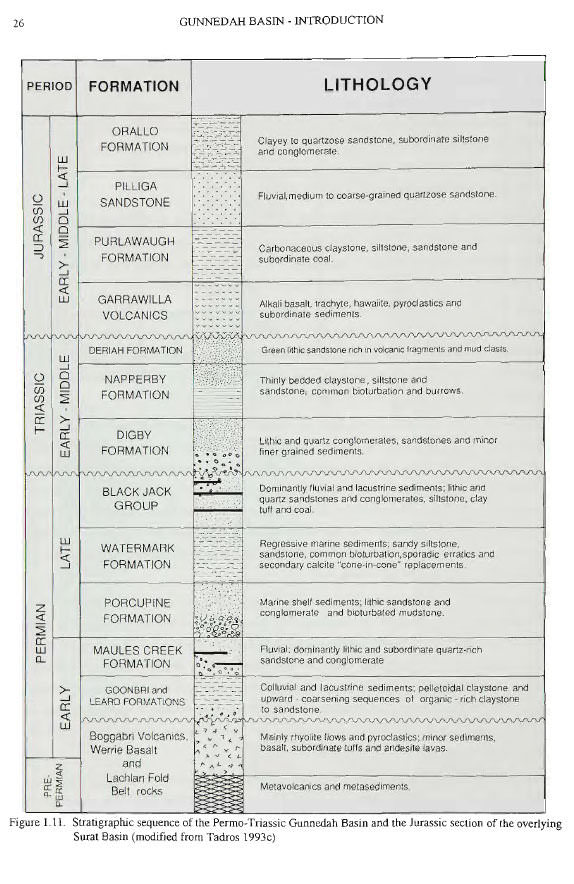What do shortbread biscuits have to do with coal seam gas?
What do shortbread biscuits have to do with coal seam gas?
Kim Revell sold these shortbread biscuits in the main street of Narrabri on a chilly Saturday morning. Kim is an irrigator concerned about climate change and the environmental degradation caused by coal seam gas mining. She used chocolate icing to decorate the biscuits with the iconic triangle symbol which has its origins in the early environmental movement – especially the successful ‘people power’ campaign to save the Franklin River in Tasmania. Now people across Australia continue to use the triangle in protests against coal seam gas development. Traditionally, baking belongs to the private, domestic sphere, but here we see subversive political shortbreads – food used in a call to protect farmland.

For the past thirty years, Kim and her husband worked to build their cotton farm in the northwest of New South Wales. When coal seam gas mining first arrived, Kim and other farmers feared what it might mean for their water supply. Concerns have grown beyond the personal to include questions about what kind of future the people rural Australia want, the need to protect local ecosystems such as the Pilliga Forest, and the urgency of mitigating climate change. ‘Living out here you can’t ignore it,’ says Kim. Locals are beginning to see their circumstances as part of something bigger: ‘Everyone’s just horrified what’s happening to the Great Barrier Reef.’ Baking the biscuits for stalls is just one way Kim contributes to the community movement. She’s also marched, parked her car in front of heavy mining equipment, and locked herself onto a truck.

About 250 million years ago, Australia was part of the Gondwana supercontinent, hovering somewhere near the South Pole. Winters were severe and the darkness lasted for months. As icesheets retreated, water drained inland, and cool-climate deciduous forests and vast swamps emerged across the east. Over millions of years these plants were covered by sediments from shallow oceans, great lakes and rivers, and volcanic basalts, which include the sandstone that forms the Great Artesian Basin. These buried Permian Period plants became the coal deposits in today’s northwest New South Wales. Colonists found coal in Gunnedah in 1877 and for over a century the New South Wales government led mining and exploration efforts in the region. By the 1970s, government departments had drilled hundreds of wells near Narrabri and in the early 1980s discovered massive coal deposits in the Maules Creek area. A private company began ‘fracking’ to extract coal seam gas in the Pilliga in the mid-1990s.

The ‘No Gas’ shortbreads are made with wheat and butter as well as chocolate sourced from another continent. Agriculture comes with its own ecological costs. The community protests for which the shortbreads were baked show people are conscious of the costs of human activities. The residents believe resources are finite and frame their protests as a choice over our futures – between food, community and renewables versus fossil fuels, short-term profits and the disruption of climate change.

